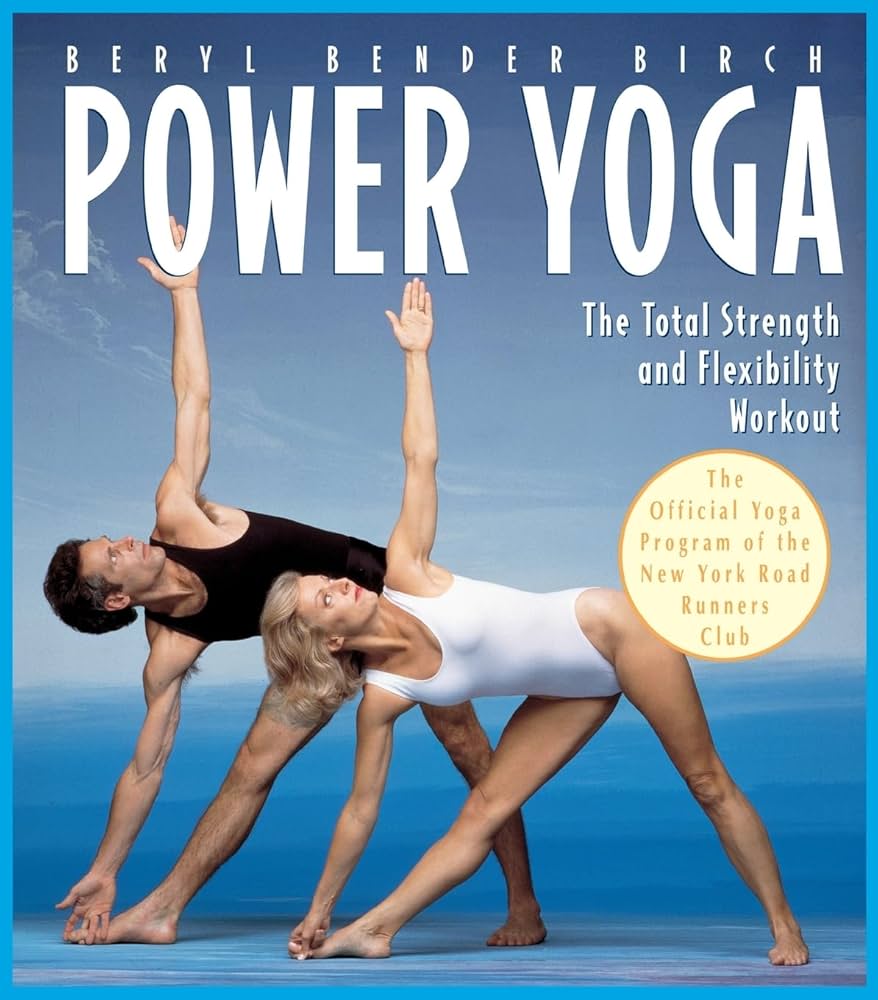
**Walking Yoga: Connecting Movement with Mindfulness**
In recent years, the combination of traditional yoga with various exercise modalities has created new paths for both practitioners and teachers. One such creative practice is Walking Yoga, a charming blend of yoga’s mindfulness and the natural, rhythmic flow of walking. This practice, which has become popular among health-conscious individuals, provides not only a peaceful experience but also a holistic approach to health and wellness.
### Beginnings and Relationship with Nature
The idea of merging walking and yoga isn’t completely novel; however, its formal establishment and organization have progressed over time. The initial practice of Walking Yoga at a charming wellness resort in the Catskills exemplifies its origins in tranquil, natural environments. This experience was designed to give guests a fun and refreshing way to connect with their surroundings while engaging in mindfulness.
### What is Walking Yoga?
Walking Yoga is a moving meditation that blends the steady pace of walking with yoga poses and breathing strategies. It aims to unify the mind, body, and spirit through movement, providing a revitalizing alternative to traditional yoga sessions confined indoors. Here’s how it generally unfolds:
1. **Mindful Awareness**: Similar to conventional yoga, Walking Yoga motivates practitioners to concentrate on their breath and bodily feelings. This practice commences with grounding techniques while standing, establishing intentions for the session.
2. **Aligning Steps with Breath**: Participants synchronize their steps with inhalations and exhalations, developing a rhythmic flow of breath and movement. This coordinated action promotes greater awareness and presence.
3. **Incorporating Asanas**: Various yoga poses are woven into the walk. Practitioners may pause to execute standing poses such as Tree Pose (Vrksasana) or Warrior II (Virabhadrasana II) at a picturesque viewpoint, enhancing strength and balance in natural surroundings.
4. **Engaging All Senses**: The practice highlights the importance of engaging your senses with the natural world. The rustling of leaves, the smell of earth, and the wide vistas of the sky all contribute to a comprehensive sensory experience.
### Advantages of Walking Yoga
– **Physical Well-Being**: Walking inherently enhances cardiovascular health, while the addition of yoga postures boosts flexibility, strength, and balance.
– **Stress Alleviation**: The meditative qualities of yoga, paired with the calming attributes of nature, notably decrease stress and foster relaxation.
– **Mental Clarity**: The focused breath and motion promote clarity of thought and improve concentration.
– **Accessibility**: In contrast to traditional yoga, Walking Yoga necessitates minimal equipment beyond comfortable clothing and supportive shoes, making it approachable for a diverse audience.
### Rising Popularity
With the awareness of the benefits of outdoor exercise and mindfulness practices, Walking Yoga is becoming increasingly sought after in urban parks, nature trails, and wellness retreats. Yoga instructors, motivated by early pioneers, including those in the Catskills, have developed programs that blend the allure of outdoor exploration with the mindfulness of yoga.
In summary, Walking Yoga facilitates a reconnection with nature and oneself. By combining the serene, mindful elements of yoga with the refreshing simplicity of walking, this harmonious practice encourages individuals to experience yoga in an invigorating, dynamic manner. As it continues to develop and gain traction, Walking Yoga stands as proof of yoga’s adaptability and lasting appeal in fostering a balanced, healthy lifestyle.